Pension funds might do better to adopt a structured approach to hedging, says SEI's David Hickey.
Gilt yields are balanced at record lows, and accurately forecasting when they will begin to rise is difficult. As a result, pension schemes wanting to de-risk face the dilemma of whether to hold off and wait for rates to rise or to go ahead and invest in nominal or index-linked Gilts at today's rates, to reduce funding-level volatility.
A drawback of waiting is that this tactic has thus far only served to protract the status quo. The result of multiple schemes adopting the same approach – i.e. setting triggers to de-risk at the same level – has been to hold down interest rates, a situation that has been exacerbated by quantitative easing (QE). And whilst it is reasonable to envisage a future rate rise (based on an economic recovery and a potential reversal of QE) and perhaps justify less de-risking today, pension schemes should be mindful that demand for de-risking is likely to be high in a positive economic scenario as funding levels should be improving.
The most important thing to recognise is that tactical decisions based on market conditions should be made within the context of a structured approach towards hedging interest and inflation risk. And any such approach must take full account of the pension scheme's unique circumstances, including its current funding level and long-term goals. This can best be achieved through the following three-pronged strategy.
In stage one, trustees should set and implement a strategic hedge ratio– i.e. a ratio that determines the level of hedging appropriate within the investment portfolio. This should be agnostic of market views but cognisant of their liabilities, assets and current funding level.
They should then form a tactical hedging policy – i.e. determine whether they believe there is value to be gleaned from making active decisions in the rate market. Where they do, they should define both a manner and level of deviation away from the strategic hedge ratio that allows them to exploit these opportunities.
Finally, funding levels can rise for a number of reasons and not only as a result of interest rate movements. Other drivers include rising equity markets, estimates of long-term inflation going down, one-off contributions from the sponsor or even changes in long-term longevity assumptions. Accordingly, trustees need to monitor their funding position and set in place a journey plan to move from one investment strategy to the next as funding improves (each strategy change has progressively increasing strategic hedge ratios).
The adoption of this strategy for most schemes has led to a high strategic hedge ratio (60-80%), a moderate tactical hedging policy (+/- 10-20% tilts) and a set of target future portfolios based on funding level improvements.
However, many schemes are prohibited from pursuing such an approach due to a lack of resources. Indeed, resource constraints – be that of their own time or expertise, and often a mixture of both – has driven an increasing number of trustees to look towards delegated solutions such as fiduciary management, which in the UK has enjoyed growth of 76% over the last two years.
Fiduciary managers can provide both investment advice and take responsibility for implementing the investment strategy within clearly defined parameters. This includes, for instance, operating the tactical hedging policy, continuously monitoring the funding level and de-risking along the journey plan as funding improves. The advantage of this arrangement is that trustees retain strategic control of the scheme but have the comfort that routine investment responsibilities are being undertaken on their behalf, allowing them to exploit both short and long-term market opportunities.
David Hickey is director of European institutional advice at SEI






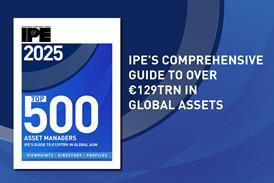
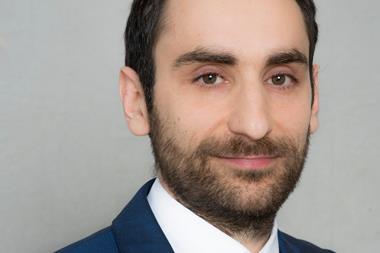


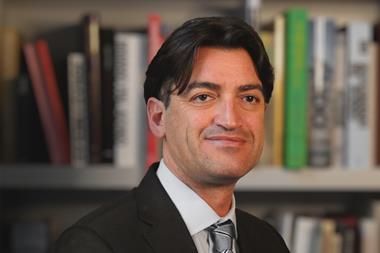
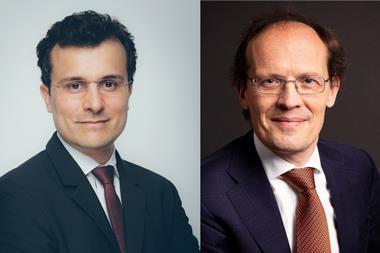
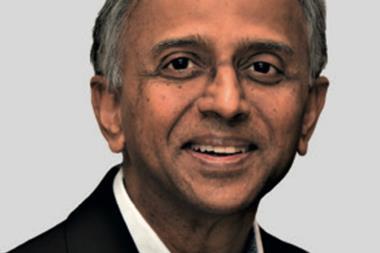

No comments yet